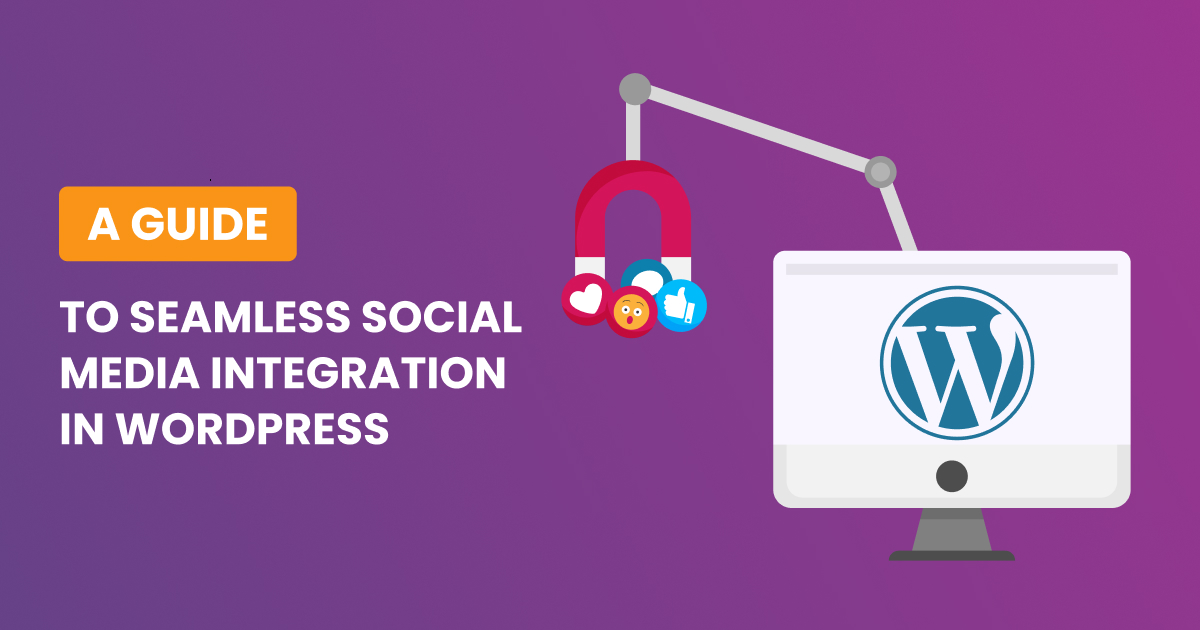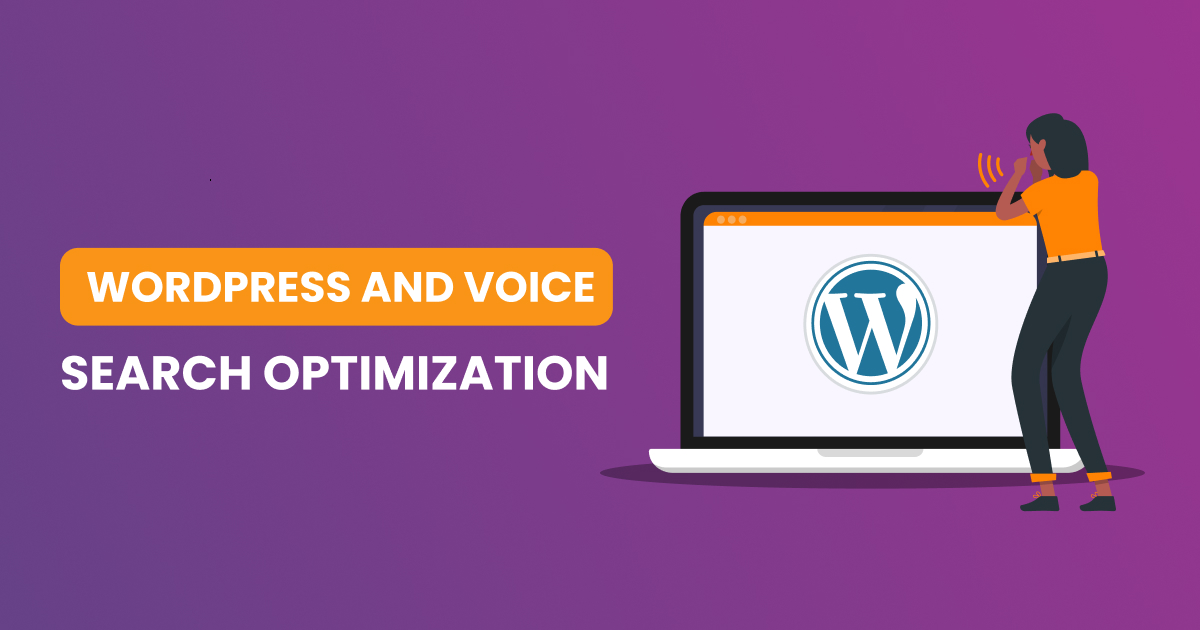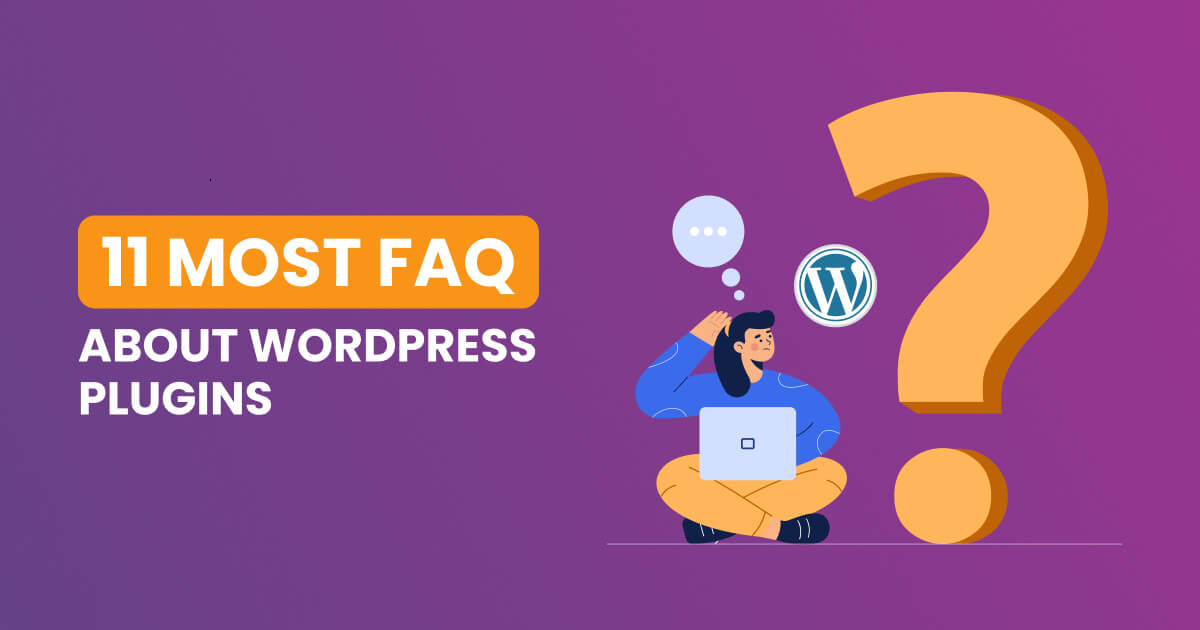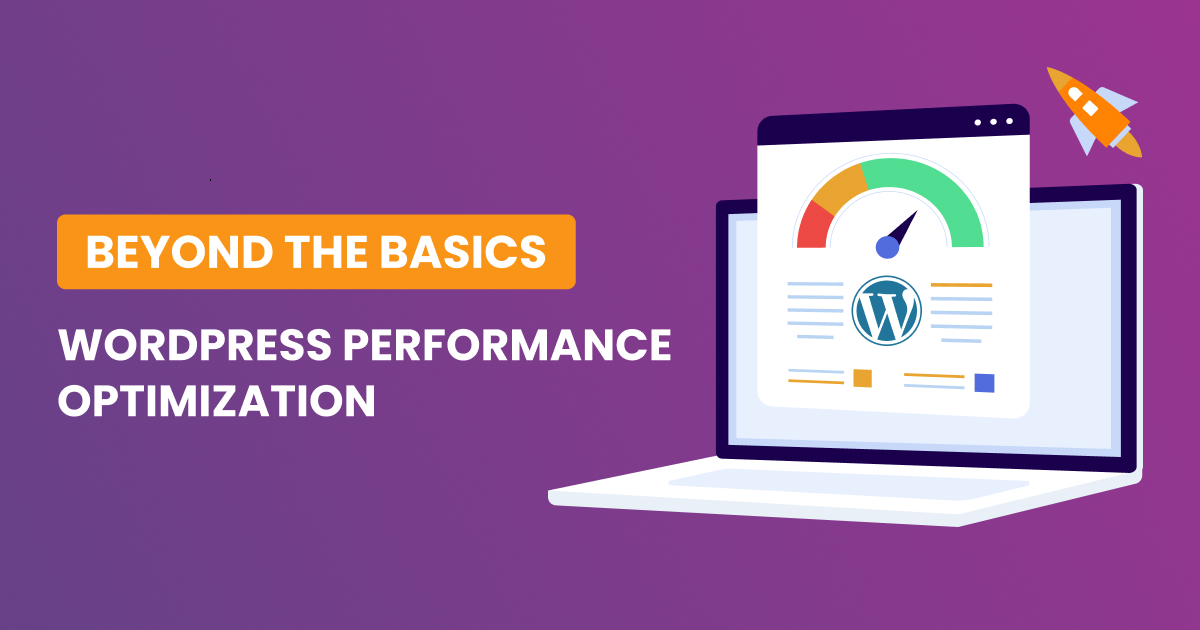In the ever-evolving digital landscape, the omnipresence of cyber threats poses a substantial peril to the security of WordPress websites. As the most widely used content management system globally, WordPress stands as an alluring target for malicious actors. This article aims to delve into imperative security practices to fortify the defenses of your WordPress fortress, shielding your digital assets and user data from potential cyber incursions.
Keep Everything Updated
Regular updates to the WordPress core, themes, and plugins form a foundational defense against potential vulnerabilities. Developers frequently release updates to patch security loopholes, and by staying current, website administrators can significantly reduce the risk of exploitation through known vulnerabilities.
WordPress Core Updates
The WordPress core is the backbone of your website, and keeping it up-to-date is paramount. Developers continually release updates not only to introduce new features but also to address security vulnerabilities. Regularly updating your WordPress core ensures that you benefit from the latest security patches and improvements.
Theme Updates
Themes contribute to the overall design and functionality of your website. Just like the core, themes receive updates to fix bugs, enhance performance, and address security issues. Neglecting theme updates may leave your site vulnerable to exploitation. Always use themes from reputable developers who actively maintain and update their products.
Plugin Updates:
Plugins extend the functionality of your WordPress site, but they can also introduce vulnerabilities. Plugin developers regularly release updates to patch security holes and improve compatibility. Ensure that you regularly check for plugin updates and apply them promptly. Remove any outdated or unused plugins to reduce potential security risks.
Automated Updates:
Consider enabling automatic updates for the WordPress core, themes, and plugins. While this feature can be convenient, exercise caution and ensure that your site’s configurations are compatible with automatic updates. Regularly check your website after updates to confirm that everything is functioning as intended.
Benefits of Keeping Everything Updated:
- Security Patching: Updates often include patches for known vulnerabilities, safeguarding your site against potential exploits.
- Improved Performance: Updates may optimize code, resulting in better website speed and overall performance.
- Compatibility: Staying updated ensures compatibility with the latest web technologies and browser updates.
- New Features: Updates may introduce new features, enhancing the functionality and user experience of your website.
Use Strong Authentication
Elevate the strength of your login credentials by employing complex passwords and integrating two-factor authentication (2FA). This additional layer of security mandates users to verify their identity through a secondary method, such as a text message or an authenticator app, supplementing the password entry.
Complex Passwords
Enhancing your login credentials is a crucial aspect of securing your WordPress website. Encourage users, including administrators, to create complex passwords that combine uppercase and lowercase letters, numbers, and symbols. Avoid common passwords and regularly update passwords to reduce the risk of unauthorized access.
Two-Factor Authentication (2FA)
Two-Factor Authentication adds an extra layer of security beyond just a password. Implementing 2FA requires users to provide a second form of verification, typically through a mobile app, text message, or email. Even if a password is compromised, unauthorized access is thwarted without the additional authentication step.
Biometric Authentication
For an added layer of security, consider integrating biometric authentication methods such as fingerprint or facial recognition. This advanced form of authentication can further safeguard sensitive areas of your website, providing an extra level of identity verification.
Login Page Customization
Customize your WordPress login page URL to make it more challenging for attackers to locate. This is especially useful in mitigating automated attacks targeting the default login page. Additionally, consider renaming the default ‘admin’ username to a unique identifier to deter common brute-force attacks.
User Role Management
Review and optimize user roles to ensure that each user has the appropriate level of access. Limit administrative privileges to only those who require them, reducing the potential impact of compromised accounts. Regularly audit user accounts to remove inactive or unnecessary users.
Account Lockout Policies
Implement account lockout policies to mitigate brute-force attacks. Set thresholds for the number of failed login attempts, and temporarily lock user accounts after reaching this limit. This prevents attackers from repeatedly trying different password combinations.
Security Plugins with Authentication Features
Explore security plugins that offer advanced authentication features. Some plugins not only provide 2FA options but also offer IP whitelisting, device-specific authorization, and other features that add layers of protection to your login process.
Education and Training
Educate your users about the importance of strong authentication practices. Provide training on creating secure passwords, recognizing phishing attempts, and understanding the significance of 2FA. A well-informed user base is an essential component of a robust security strategy.
Implementing strong authentication measures is critical in preventing unauthorized access to your WordPress site. By combining complex passwords with advanced authentication methods, you significantly enhance the overall security posture of your digital fortress. In the subsequent sections, we’ll explore additional strategies to further fortify your WordPress website against cyber threats.
Limit Login Attempts
Combatting brute force attacks is imperative, as WordPress allows unlimited login attempts by default. Installing a plugin that restricts the number of login attempts can thwart these attacks, making it exponentially more challenging for hackers to gain unauthorized access.
Brute Force Attacks
WordPress, by default, allows unlimited login attempts, making it susceptible to brute force attacks. In a brute force attack, hackers systematically attempt various password combinations until they gain access. Limiting login attempts is an effective strategy to thwart these malicious activities.
Login Attempts Plugin
Install a reputable WordPress plugin that specifically addresses login attempt limitations. These plugins allow you to set a maximum number of login attempts, and after reaching this threshold, the plugin can enforce temporary or permanent account lockouts for the specific IP address.
Delay After Failed Attempts
Consider implementing a delay mechanism after a certain number of failed login attempts. This delay hinders automated bots trying to guess passwords rapidly. It adds an extra layer of defense by making the brute force process significantly more time-consuming for attackers.
Custom Error Messages
Configure your login page to display generic error messages. Avoid revealing whether a specific username or password is incorrect. This prevents attackers from gaining information about valid usernames, making their brute force attempts more challenging.
Monitoring and Alerts
Choose a plugin that not only limits login attempts but also provides monitoring and alert features. Receive notifications when there are multiple failed login attempts within a short timeframe. This allows you to proactively respond to potential security threats.
Temporary Lockouts
Implement temporary lockouts for user accounts or IP addresses that exceed the specified number of failed login attempts. This temporary suspension adds a deterrent to attackers and protects user accounts from unauthorized access.
IP Whitelisting and Blacklisting
Consider using IP whitelisting to allow access only from trusted IP addresses. Conversely, employ IP blacklisting to block access from known malicious IP addresses. These measures add an extra layer of security by controlling which IP addresses can attempt to log in.
Audit Logs
Regularly review audit logs provided by security plugins. These logs can offer insights into login attempts, including successful and unsuccessful ones. Monitoring these logs helps you detect patterns and potential security threats in real-time.
User Notification
Inform users about exceeded login attempts and the subsequent temporary lockouts. Clear communication with users helps them understand the security measures in place and encourages them to report any suspicious activities promptly.
Employ SSL Encryption
Implement Secure Sockets Layer (SSL) encryption to safeguard sensitive data transmitted between your website and users. This is particularly crucial for websites processing transactions or collecting user information. SSL implementation also serves as a ranking factor according to Google, offering an additional incentive for its adoption.
Understanding SSL Encryption
Secure Sockets Layer (SSL) encryption is a fundamental security protocol that encrypts data transmitted between a user’s browser and your website’s server. This encryption ensures that sensitive information, such as login credentials, personal details, and payment information, remains secure during transmission.
Importance of SSL for Security
SSL encryption is crucial for safeguarding user data and maintaining the integrity of your website. Without SSL, data is transmitted in plain text, making it vulnerable to interception by malicious actors. Beyond security, search engines like Google consider SSL as a ranking factor, influencing your website’s visibility in search results.
Obtaining and Installing an SSL Certificate
To enable SSL on your website, obtain an SSL certificate from a trusted Certificate Authority (CA). Many hosting providers offer free SSL certificates through services like Let’s Encrypt. Once obtained, install the certificate on your server to activate SSL encryption.
Implementation of HTTPS
SSL encryption is implemented through the Hypertext Transfer Protocol Secure (HTTPS). When SSL is enabled, your website’s URL changes from “http://” to “https://”. Make sure that all pages on your website, not just the login or payment pages, use HTTPS to ensure comprehensive data security.
Browser Security Indicators
With SSL in place, visitors to your website will see a padlock icon in the address bar, indicating a secure connection. This visual cue instills trust in users and assures them that their data is protected. Additionally, browsers may mark non-HTTPS sites as “Not Secure,” potentially deterring users from interacting with your site.
SSL and SEO Benefits
In addition to security advantages, implementing SSL can positively impact your website’s search engine optimization (SEO). Search engines prioritize secure websites, and having SSL in place can contribute to higher search rankings, potentially increasing your website’s visibility.
Renewing SSL Certificates
SSL certificates have expiration dates, and it’s essential to monitor and renew them before they expire. An expired certificate can result in a loss of trust from users and may lead to security warnings on your site. Set up reminders or automate the renewal process to ensure uninterrupted SSL protection.
Content Delivery Networks (CDNs) and SSL
If you use a Content Delivery Network (CDN), ensure that SSL is configured correctly across all CDN servers. This ensures that users accessing your site from different geographical locations enjoy consistent and secure access.
Mixed Content Issues
After implementing SSL, check for mixed content issues, where some elements on your site (such as images, scripts, or stylesheets) are still loaded over HTTP. Mixed content can compromise the security of your site. Update URLs and references to ensure all content is served over HTTPS.
By prioritizing SSL encryption, you create a secure environment for data transmission on your WordPress website. Beyond the inherent security benefits, SSL also contributes to improved SEO and user trust. In the subsequent sections, we’ll delve into additional strategies to fortify your digital fortress and maintain the security of your WordPress site.
Securing a WordPress website is an ongoing and meticulous process that demands diligence and attention to detail. By integrating these best practices into your security strategy, you can substantially diminish the risk of hacking and fortify your digital fortress. A proactive stance towards security is paramount in safeguarding your WordPress website and its valuable assets from the ever-present threat of cyber attacks. Stay vigilant, stay secure!








